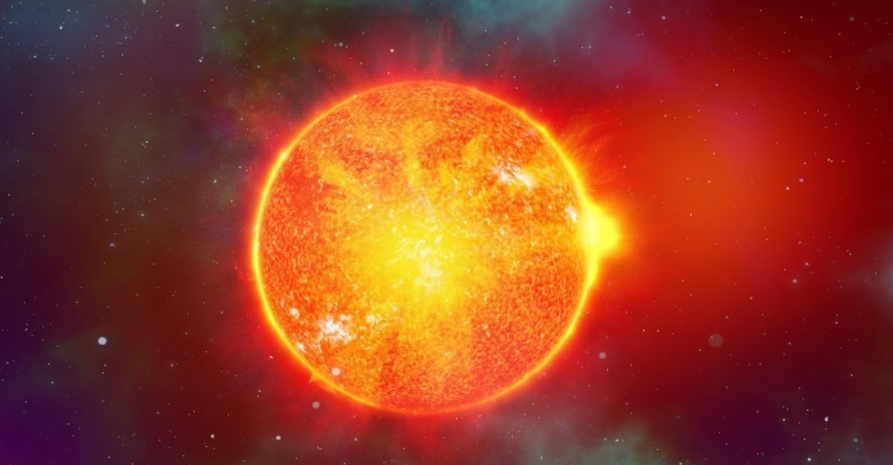On March 21, a report revealed that a terrifyingly large hole had appeared in the Sun’s atmosphere that was spewing a powerful solar wind stream. Now, the National Oceanic and Atmospheric Administration (NOAA) has stated that the solar winds will reach our planet and will result in a
G2-class geomagnetic storm, which can have quite scary consequences.
Read More: Global Warming is causing some Amazonian birds to SHAPESHIFT
The development was reported by SpaceWeather.com which noted in its website, “NOAA forecasters say that G2-class (Moderate) geomagnetic
storms are possible on March 24th when solar wind flowing from a large hole in the sun’s atmosphere is expected to reach Earth”. This would also be a
good time to be an aurora chaser as these fascinating phenomenons occur courtesy these storms and can sometimes be seen as far south as New York
and Idaho in the USA.
While intense auroras are expected, do remember that extremely powerful solar storms, this specific one not being so, can be quite terrifying and can
cause a massive amount of damage to wireless communications as well as electronic infrastructure. Such solar storms can potentially damage
satellites, break down mobile networks and internet services, cause power grid failures and corrupt sensitive ground-based electronics.
The reason behind this unusually large coronal hole in the Sun is not known. While such openings in the Sun’s atmosphere are common,
the size of it makes it concerning. Normally, solar winds can be quite harmless for the Earth but as a large amount of these super-charged gasses are
targeting us, it is expected to cause a G2-class geomagnetic storm.
How NOAA predicts solar storms
Read More: Nigerian virologist calls for science-based COVID-19 origins tracing
NOAA monitors the solar storms and Sun’s behavior using its DSCOVR satellite which became operational in 2016. The recovered data is then run
through the Space Weather Prediction Center and the final analysis is prepared. The different measurements are done on temperature, speed, density,
degree of orientation and frequency of the solar particles.





